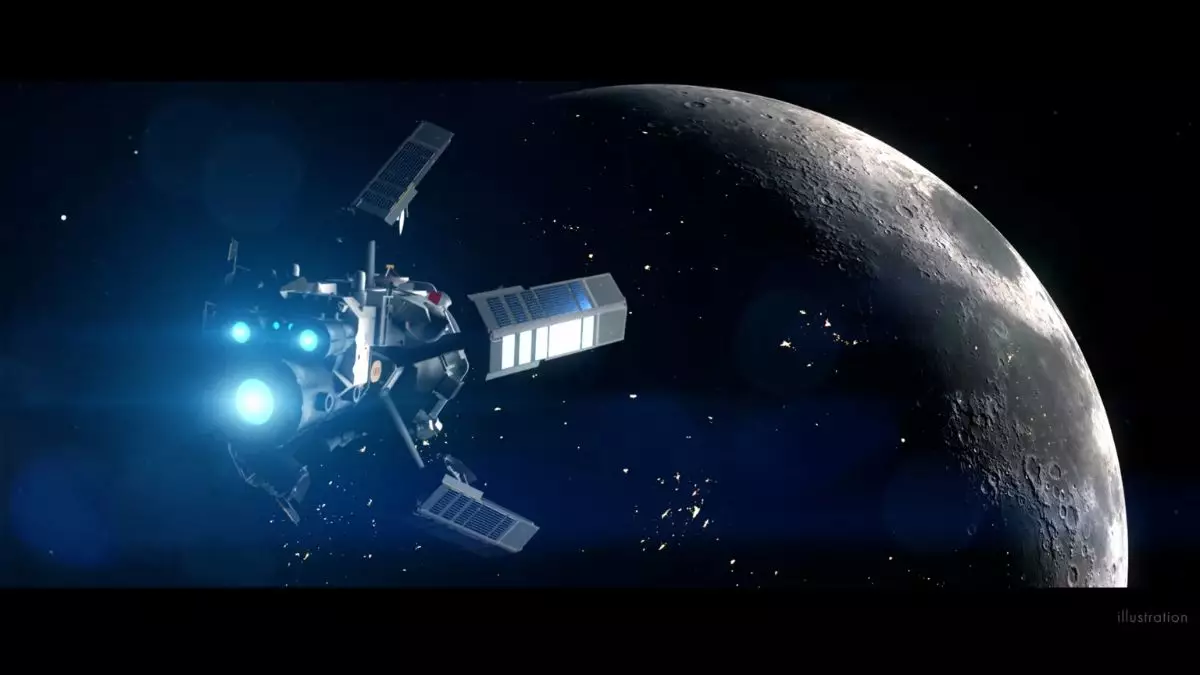The announcement by Pulsar Fusion about their mission to revolutionize space travel with nuclear fusion-powered rockets is indeed captivating. For a decade, the UK-based company has quietly honed a technology that could redefine not just how we think about deep space missions, but the very nature of human exploration beyond Earth. At the recent Space-Comm Expo in London, their visionary project, dubbed the Sunbird, stirred excitement and debate among scientists and enthusiasts alike. Yet, glimmers of euphoria are dulled by a specter of skepticism that looms over this ambitious venture.
A Double-Edged Sword of Innovation and Doubt
While the prospect of drastically reducing travel times to Mars and even Pluto could ignite a new era of exploration, the fact remains that nuclear fusion is an intricate puzzle not yet solved, especially in compact systems. Critics, including esteemed voices like Paulo Lozano from MIT, express justified trepidation regarding Pulsar Fusion’s claims. The complexities surrounding fusion technology are formidable, and the leap from theoretical models to practical applications often harbors insurmountable challenges. Is it fair, then, to crown Pulsar as harbingers of a new age of space travel when they are still wrestling with fundamental hurdles?
The Duel Direct Fusion Drive: A New Paradigm or Mirage?
Pulsar Fusion’s proposed Duel Direct Fusion Drive (DDFD) engine promises to propel spacecraft by fusing deuterium and helium-3—a system hailed as an evolution from existing fusion reactors. Altering the propulsion game in this manner could present rocket launches as mere technicalities! Yet, the promise of generating meaningful thrust directly from the fusion of such elements raises eyebrows. The company emphasizes that the vacuum of space simplifies the fusion process, but that optimism must be anchored in rigorous scientific validation. Simply put, dreams should not overtake reality in the race to inhabit other planets.
Challenges and Potential Pitfalls
Every ambitious mission is rife with challenges, and Pulsar Fusion’s trajectory is no exception. The sourcing of helium-3, a rare isotope considered the linchpin of their propulsion system, presents an immediate logistical nightmare. For a project that wishes to touch the stars, relying on such elusive resources could ultimately ground ambitions in the reality of what is economically and technically feasible. Moreover, while Pulsar asserts that reusable Sunbirds stationed in orbit would offer lower costs for distant missions, can we trust a model that lacks a concrete timeline or a functional prototype?
The Future of Space Exploration: A Cautious Optimism
In examining Pulsar Fusion’s venture, I find myself gravitating towards a cautious optimism. The dreams of rapid transit to Mars, or reaching Pluto within four years, push the boundaries of imagination. Yet, as a society, we must ultimately embrace realistic timelines and embrace hard science. It’s commendable to strive for innovation, but blind faith in technological prowess, especially in areas as complex as nuclear fusion, can lead to disillusionment. For such ambitious pursuits to be realized, we need conscientious evaluation, continued research, and perhaps a bit more time.

Leave a Reply